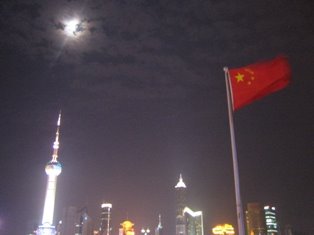Britit houkuttelevat kiinalaisia investointeja
Pääministeri Gordon Brown kävi Kiinassa. The Independent raportoi Brownin puheesta:
"We want Britain to be the number one destination of choice for Chinese business as it invests in the rest of the world. I believe by 2010 we will see 100 new Chinese companies investing in the UK, we will see 100 partnerships between our universities and Chinese universities and we will double the number of firms listed on the London Stock Exchange and thousands of jobs will be created."
Tässä taas linkki WWF:n Kiinan FDI:hin liittyvään raporttiin.

